Real Clear Science did a nice write up of our new Neanderthal biocultural cold adaptation review paper!
I really love this piece, and it delights me to see it get a tiny but of traction.
Real Clear Science did a nice write up of our new Neanderthal biocultural cold adaptation review paper!
I really love this piece, and it delights me to see it get a tiny but of traction.
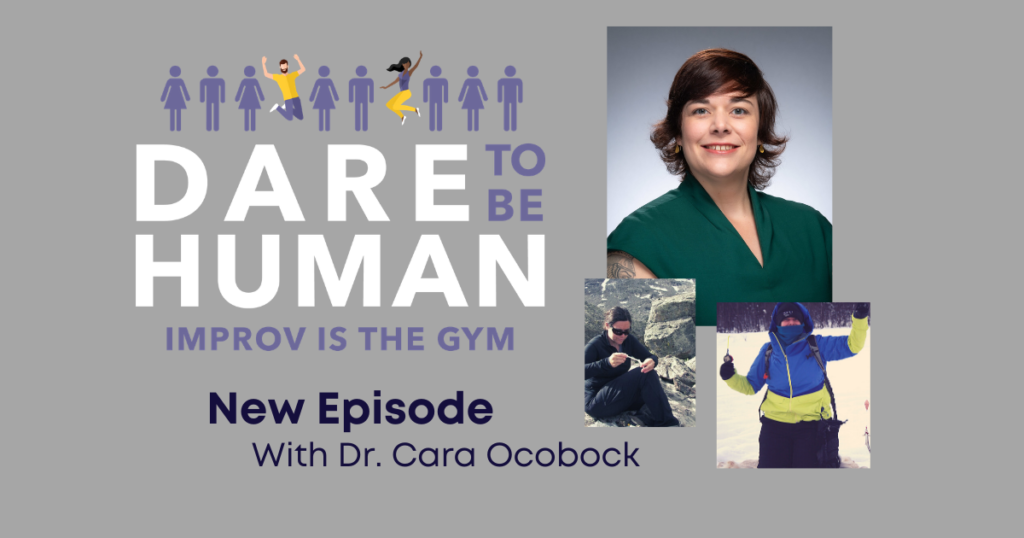
I recently had the opportunity to be on the Dare To Be Human podcast that is hosted by Kat Koppett and Livia Walker who I was fortunate enough to get to know and befriend during my time in Albany, NY. They are a part of the Mop Co Improv Theatre, where my husband did improv for almost three years. They were also essential to the improv and anxiety study I conducted with colleagues.
I thought this interview was going to revolve entirely around that study, but it didn’t! It was perhaps one of the most wonderfully wide-ranging interviews I have ever been a part of. I touch on a number of topics that are near and dear to my heart, and I am so grateful to Kat and Livia for giving me the time and space to discuss them.
Have a listen here – I hope you enjoy!
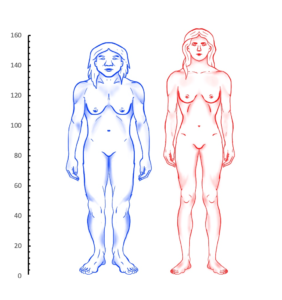
My review paper on Neanderthal biocultural adaptation to cold (email me for a copy), written with the amazing Dr. Sarah Lacy and Alexandra Niclou, came out today!
This paper was born out of a poster (link to file below) I and Alex made for a special American Association of Physical Anthropology poster session held to celebrate Dr. Erik Trinkaus‘ career. It was a wonderful session that gathered together all of his students.
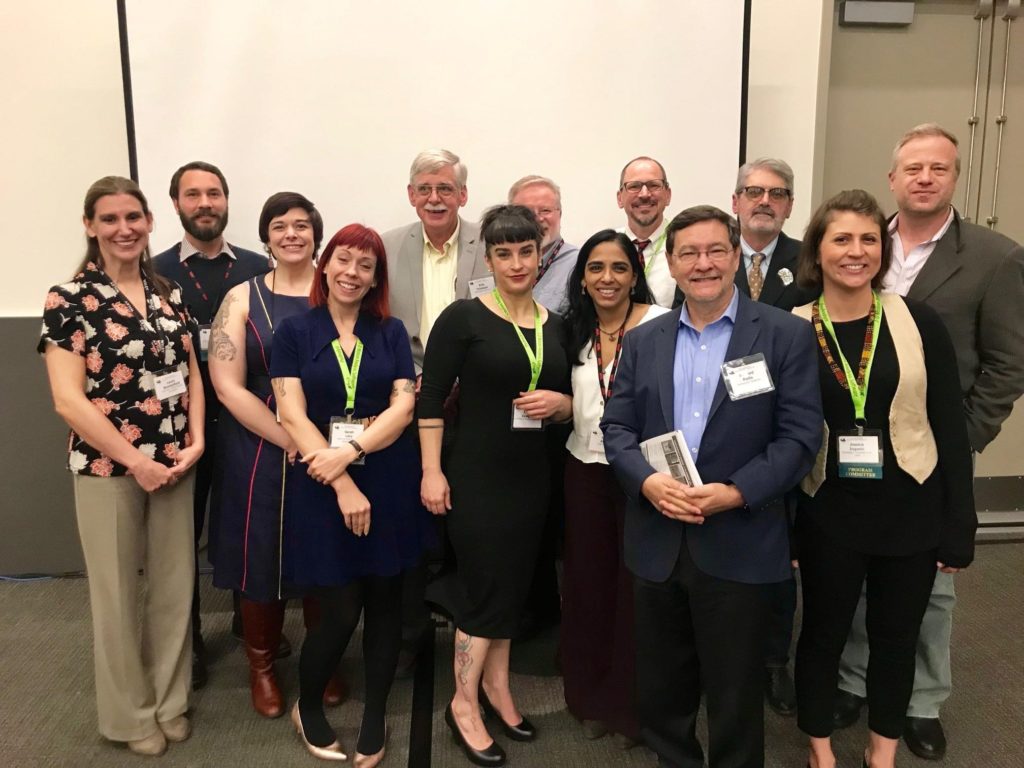
For this poster, we wanted to talk about the different mechanisms that may have been utilized by Neanderthals to survive and thrive in cold climates. While making this poster, we realized that there was no paper that brought together the anatomical, physiological, and cultural evidence of Neanderthal cold climate adaptations. So, we decided to write one! We brought my friend, colleague Sarah Lacy in on this as Neanderthals are her area of expertise, and we got to work!
This paper puts in one place the variety of different cold climate adaptations Neanderthals may have had. Furthermore, we identify ten different areas we think should be the focus of future research.
I adore this paper for many reasons:
1. This paper provided the opportunity to collaborate and write with two brilliant women who I adore. Writing with them was a joy, and we worked incredibly well together.
2. The the image of Neanderthals and Anatomically Modern Humans depicts females…such a rare thing. This figure was also drawn by an undergraduate student of mine, Morgan Zepf.
3. It has an awesome reference list! The original draft had 275 references, but had to cut that down to 100 to fit the journal guidelines.
4. This will be a great paper to use in undergraduate classes!
5. We hope this paper will guide and inspire future dissertations.
6. I started writing this review on my Spring Break 2020 where I went to a cabin in the middle of no where and just wrote. When I emerged from this writing retreat, the entire world had gone on lock down due to the COVID-19 pandemic. This paper will always hold an odd place in my memory because of that.
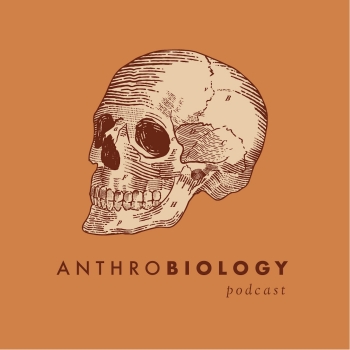
I had SO MUCH fun going on Gaby Lapera’s podcast, AnthroBiology.
Gaby is incredibly easy to talk to and a well prepared podcast host. I highly recommend chatting with her. You can listen to the episode here where I talk about my research and science communication.
Every winter for the past four years I have been interviewed about my work in cold climates, and in particular, what the benefits of exercising in the cold may be. Each year, I think the call for interviews for stop. Each year I am wrong.
However, this year might be the biggest outlet yet, – Washington Post! I was very excited to do this interview, and Christie Aschwanden did a fantastic job! I could have chatted with her for hours, and I am incredibly grateful to her for taking my ramblings and making them something coherent.
We got a nice little write up by PsyPost about our work looking at stress, anxiety, and absorption among comedy improvisors.
I always enjoy doing interviews or answering questions, but I always get very personally anxious about it. Once you put the information out there, you lose control of it. However, Beth Ellwood at PsyPost did a great job.
As I have posted about the article before, I won’t go into details, you can find those here. However, I am delighted and proud to share that my article with collaborators Dr. Minna Turunen, Dr. Päivi Soppela, Ville Stenbäck, and Dr. Karl-Heinz Herzig was selected as the Editor’s Choice article for the 32(6) issue of the American Journal of Human Biology.
A photo Minna took was also selected to be the issue cover photo!
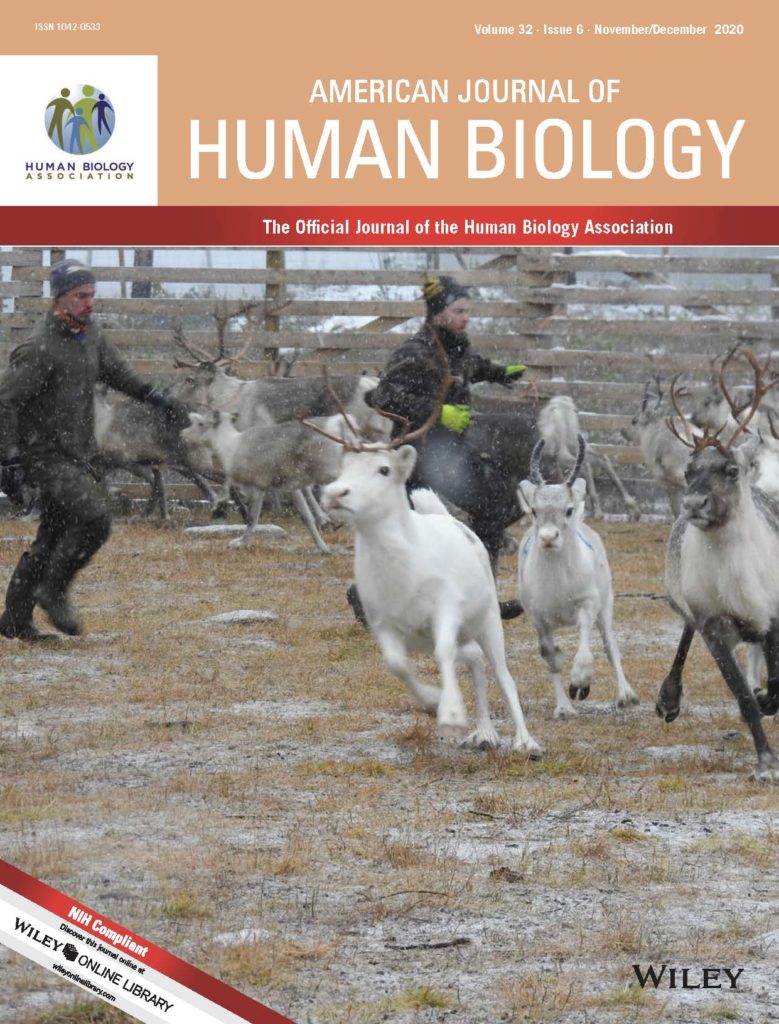
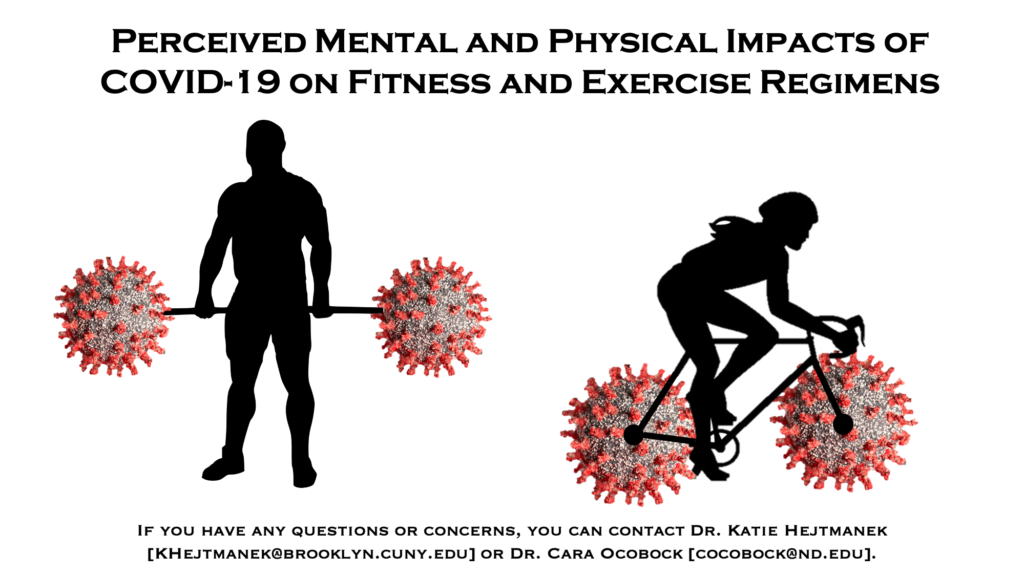
Back in May during one of the many peaks of the COVID-19 pandemic and stay at home orders, I was feeling useless. I felt the need to contribute and help. I also was personally feeling terrible since I wasn’t able to maintain my powerlifting routine. I decided to combine the two.
I got in touch with my friend and colleague, Dr. Katie Rose Hejtmanek, and we put together an online survey looking at gathering information on how the stay at home orders affected exercise routines. Furthermore, we wanted to find out how the changes in routine also affected perceived physical and mental well being.
We quickly got over 500 survey respondents, and it became very clear that folks who almost exclusively used gyms before the pandemic faired the worst during the stay at home orders. We have not published these results yet, but wanted to put something together in hopes of getting results back as quickly as possible to out participants as well as providing some techniques for coping.
Here is the infographic we created based on the preliminary analysis.
Thanks to all who participated!
Published in: Adaptive Human Behavior and Physiology, Published online 18 September 2020
https://link.springer.com/article/10.1007/s40750-020-00147-z
Can the stress relieving aspects of going to church be replaced by joining another type of group activity involving belief, training, and focus? A team led by Notre Dame anthropologist Cara Ocobock tested the “absorption hypothesis” in two comedy improv troupes at a theater in upstate New York.
Improv comedy requires a dedicated group of people who practice multiple times a week for performances and have the focus and fleetness of mind to riff together on themes that amuse and provoke live audiences. The study was inspired by Ocobock’s husband, a member of one of the troupes, and previous work by University of Alabama co-author Christopher Lynn. Lynn had studied Pentecostals congregations in upstate New York and found members with more experience speaking in tongues had generally lower stress.
The improv study is exploratory because they had a limited number of participants, but their goal was to combine Lynn’s previous approach with one taken from another anthropologist, Stanford’s Tanya Luhrmann, who has studied other Christian Charismatics (Charismatic religion refers to manifestations of “gifts” from God, such as speaking in tongues, which involves God speaking through a person).
Luhrmann coined the “absorption hypothesis” in her work, suggesting that Charismatics who are most successful at talking with God share a belief that they can, practice or train to do so, and have a better than average ability to become psychologically absorbed in the process.
In non-religious behavior, group play behaviors are known to be highly absorptive as well, and have the potential to reduce distress and anxiety. As such, Ocobock and Lynn designed this study in collaboration with the improv players, many of whom believe improv practices help them alleviate anxiety in their daily lives. Study team members Mallika Sarma and Lee Gettler, also from Notre Dame, conducted the analysis of saliva samples collected in a rigorous protocol over performance, rehearsal, and non-improv days.
The amount of improv experience (though the range of experience was limited in this study) was not a factor, suggesting that comedy improv is not quite analogous to active church membership. However, improvisors may experience stress reduction associated with the absorption involved in adult play.
I and my colleagues, Drs. Scott Maddux and Libby Cowgill, have just been awarded an NSF collaborative grant for our project “Experimental testing of thermoregulatory principles: Re-evaluating ecogeographic rules in living humans“.
We will be building a climate chamber down at UNTHSC over the next year, and then begin collecting data. Below is the public abstract for our project.
Human anatomy varies widely around the world but claims that certain physical features are beneficial in particular climates have rarely been experimentally tested. This research will evaluate how differences in head, trunk, and limb anatomy influence the ability of human subjects to regulate their internal body temperature when exposed to different climatic conditions in an environmental test chamber. This collaborative project will thus experimentally test long-held assumptions regarding climatic patterning of human body form. The investigators will share the results of this project through academic publications, STEM outreach activities, public talks, and interviews on a nationally recognized podcast. Graduate, undergraduate, and medical students will be trained in data collection and analysis through participation in this research, and field trip demonstrations of the project equipment and methods will be used to expose economically disadvantaged Texas high school students to potential careers in science and medicine. This project will also produce high-quality, whole body CT scans which will be made readily available to other researchers through an online data archive. Finally, this research will shed light on issues important to both the broader scientific community and the general public, including the significance of human biological diversity and the potential implications of global climate change.
This research will experimentally test proposed relationships between thermoregulatory benefits and environmentally-patterned variation in human anatomy. While climatic pressures are widely cited as contributing to global variation in human head shape, torso dimensions, limb proportions, and overall body size, specific links between physical features and body function in different climatic conditions have not been experimentally established. Furthermore, studies of adaptation to climate have historically focused on separate regions of the body (e.g. braincase, nose, torso, upper limb, lower limb), with minimal attention to how these different anatomical structures interact with one another to function as a whole. To remedy this, the research uses state-of-the-art technologies, including computed tomography imaging and an environmental chamber, to measure the physiological responses of physically diverse living participants exposed to controlled environmental conditions simulating three global climate extremes (hot-dry, hot-humid, cold-dry). Validation of proposed thermoregulatory benefits of specific body forms is essential for guiding future research on climatic adaptation. Further, by employing a
whole-body approach, this study will clarify the role of different anatomical regions in overall thermoregulatory function. In sum, this study will explicitly link hard and soft tissue morphology to physiological outcomes, permitting more confident assessment of climatic adaptation in both modern populations and the fossil record.